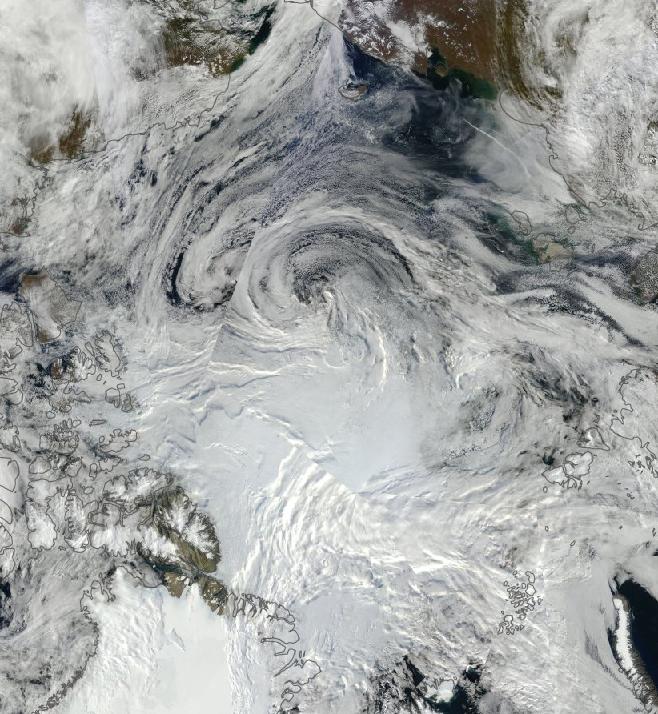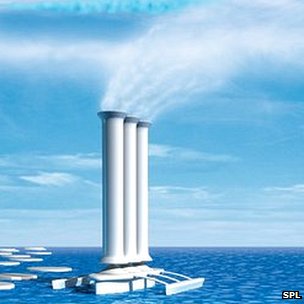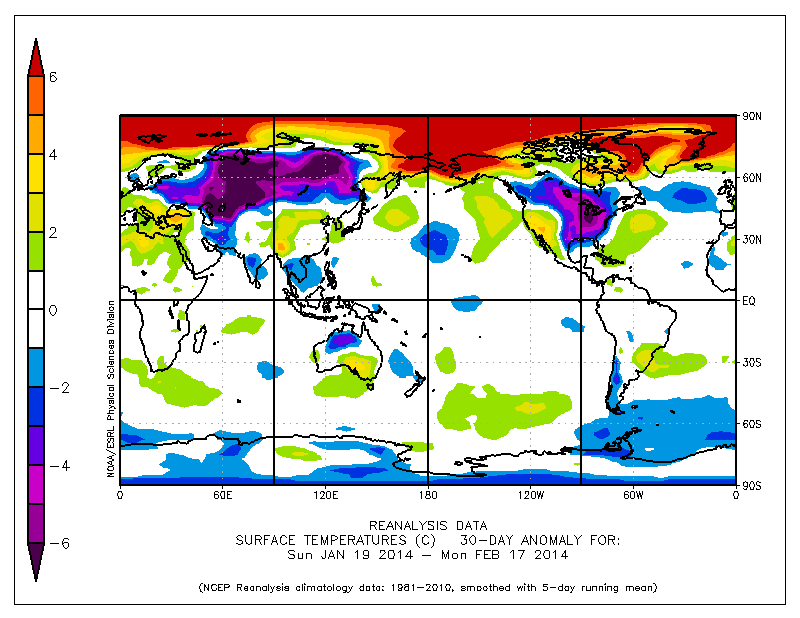What’s the difference between a majestic layer of white sea ice and an ominous dark blue open ocean?
For the Arctic, it means about a 30 to 50% loss in reflectivity (or albedo). And when seasonal sea ice states are between 30% and 80% below 1979 measures (depending on the method used to gauge remaining sea ice and relative time of year), that means very, very concerning additional heating impacts to an already dangerous human-caused warming.
(A dark and mostly ice-free Arctic Ocean beneath a tempestuous swirl of clouds on September 1, 2012, a time when sea ice coverage had declined to an area roughly equal to the land mass of Greenland. Image source: Lance-Modis/NASA AQUA.)
How concerning, however, remained somewhat unclear until recently.
In the past, idealized climate simulations and physical model runs had produced about a 2% overall loss in Arctic Albedo based on observed sea ice losses. This decline, though minor sounding, was enough, on its own, to add a little more than a 10% amplifying feedback to the, already powerful, human atmospheric CO2 forcing during recent years. Such an addition was already cause for serious concern and with sea ice totals continuing to fall rapidly, speculation abounded that just this single mechanism could severely tip the scales toward a more rapid warming.
But, as has been the case with a number of Arctic model simulations related to sea ice, these computer projections failed to measure up to direct observation. In this case, direct satellite observation. The situation is, therefore, once more, worse than expected.
A new study produced by University of San Diego Scientists now shows that loss of albedo for the Arctic Ocean due to rapidly declining sea ice was 4% during the period of 1979 to 2011. This amazing loss of reflectivity, on its own, created a powerful enough heat trap to produce an amplifying feedback to human warming equal to 25% of the heat captured by CO2 emitted during that time — when spread out over the entire globe. A feedback double what we were led to expect from climate model simulations. Perhaps more importantly, the local feedback in the Arctic — a region containing gigatons and gigatons of additional carbon waiting to be released during a period of rapid warming — is not 25% greater, but 4 times greater than the total human CO2 forcing since the start of the industrial revolution.
It is important to step back for a moment and consider the implication of this new information. If you took all the emissions from cars in the world, all the buses, all the aircraft, all the land use CO2 emissions, all the agriculture, and all the amazing extra atmospheric heat capture that an emission equal to 160 times that of all the volcanoes on Earth would entail and added it all together, just one insult to our natural world in the form of Arctic sea ice loss has now equaled a 25% addition to that amazing total. Or just add enough extra heat equal to 40 times the CO2 emitted by Earth’s volcanoes (for a total of x200). And the burden of all that extra heat is directly over a region of the world that contains a number of very large ice sheets which, if rapidly warmed, result in catastrophic land change and sea level rise, and a number of outrageously enormous carbon deposits that, if rapidly warmed and released make the current albedo loss feedback look like child’s play.
In short, the game just got a lot uglier. Such an increase is a very big deal and will have strong implications going forward that affect the overall pace of human caused warming, the pace of Earth and Earth Systems changes, and the degree to which we might contain ultimate temperature rises under a scenario of full mitigation.
From the study contents:
It is worth noting that the period measured by the study did not include the unprecedented sea ice area, extent and volume losses seen during 2012. So it is likely that albedo loss and related Arctic additions to human warming are somewhat worse than even this study suggests. It is also worth noting that the total additional radiative forcing from all human CO2 emissions since the industrial age began is estimated to be about 1.5 W/m2.
No Way Out Through Increasing Cloud Cover
The study also found that:
Though seemingly innocuous, this statement is a death knell for one proposed method of Geo-engineering — namely cloud generation via spray ships deployed throughout the Arctic basin. The proposal had suggested that numerous ships could be spread about the Arctic during summer. These ships would be equipped with large machines that would dip into the ocean and spray sea water into the atmosphere to form clouds. The notion was that this would somehow increase albedo. Proponents of the plan neglected to provide scientific evidence that such a scheme would actually work or wouldn’t make matters worse by increasing atmospheric water vapor content — a substance with known heat-trapping properties.
(Conceptual drawing of an Arctic cloud-producing ship. Image source: Geo-engineering Watch.)
Others had hoped a cloudier Arctic would take care of itself by producing a negative feedback naturally. Numerous studies have found that an Arctic with less sea ice is a much stormier, cloudier Arctic. And a number of specialists and enthusiasts hinted that the extra clouds would provide some cooling.
Not so according to the San Diego study. And this makes sense as clouds, while reflective of direct radiation contain large quantities of heat-trapping water vapor and tend to also trap long-wave radiation — which is more prevalent in the Arctic due to low angle of light or extended periods of darkness.
Extraordinarily Rapid Arctic Amplification
Despite the various hollow conjectures and reassurances, what we have seen over the past seven years or so is an extraordinarily rapid amplification of heat within the Arctic. Arctic sea ice continues its death spiral, hitting new record lows at various times at least once a year. Heat keeps funneling into the Arctic, resulting in heatwaves that bring 90 degree temperatures to Arctic Ocean shores during summer and unprecedented Alaskan melts during January. We have seen freakish fires in regions previously covered by tundra. Fires that are the size of states in the Yakutia region of Russia, Alaska and Canada. Fires in Arctic Norway during winter time. And we see periods during winter when sea ice goes through extended stretches of melt, as we did just last week in the region of Svalbard.
One need only look at the temperature anomaly map for the last 30 days to know that something is dreadfully, dreadfully wrong with the Arctic:
(Global temperature anomaly vs the, already warmer than normal, 1981 to 2010 baseline. Image source: NOAA/Earth Systems Research Laboratory.)
And one need only begin to add the number of amplifying feedbacks in the Arctic together to start to understand how much trouble we’ve set for ourselves:
- Arctic albedo decrease due to sea ice loss.
- Arctic CO2 release due to thawing tundra.
- Arctic methane release due to thawing land tundra.
- Arctic methane release due to thawing subsea tundra and venting seabed methane.
- Arctic albedo loss due to black carbon deposition.
- Arctic albedo loss due to land vegetation changes.
- Warming Arctic seas due to runoff from warming lands.
- Arctic albedo decrease due to land snow and ice sheet melt.
- South to north heat transfer to the Arctic due to a weakening, retreating Jet Stream and increasing prevalence of high amplitude atmospheric waves.
We all know, intuitively what an amplifying feedback sounds like. Just hold a microphone closer to a speaker and listen to the rising wail of sound. And it is becoming ever more obvious with each passing day, with each new report that the Arctic is simply screaming to us.
How deaf are we? How deaf are those of us who continue to fail to listen?










No comments:
Post a Comment